EXPERIENCING OLMSTED: THE ENDURING LEGACY OF FREDERICK LAW OLMSTED’S NORTH AMERICAN LANDSCAPES
In-Person Lecture, Conversation, and Book Signing with Charles Birnbaum
Presented by Cranbrook Center for Collections and Research
Charles Birnbaum is the President, CEO, and Founder of The Cultural Landscape Foundation in Washington, D.C., and Co-Author of the 2022 book, Experiencing Olmsted: The Enduring Legacy of Frederick Law Olmsted’s North American Landscapes.
The Lecture will be followed by a Reception and Book Signing in the Institute’s West Entrance. Olmsted-related documents from the collection of Cranbrook Archives will be on display, including the Olmsted Brothers’ 1928 Planting Plan for Christ Church Cranbrook.
Admission is Free; Seating is Limited
Advance Registration Required
Experiencing Olmsted Book
$53 (including sales tax)

To guarantee pick up at the lecture, book orders must be pre-paid and received by 1:00 pm on Friday, March 10, 2023. A limited number of books may be available for purchase at the Lecture. Book proceeds support Cranbrook Center for Collections and Research. Additional book details are noted below.
ABOUT THE LECTURE
This past April marked the bicentennial of Frederick Law Olmsted, Sr.’s birth. Considered by many to be America’s most important landscape architect, and certainly the most prolific, Olmsted (1822 – 1903) is best known for his public parks and campuses, including his designs for New York’s Central and Prospect Parks (with architect Calvert Vaux) and the grounds surrounding the Capitol in Washington, D.C.; the grounds of the Columbian Exposition and later Jackson Park in Chicago; Riverside Park in Illinois; Stanford University in California and Phillips Academy Andover in Massachusetts; the creation of Yosemite and Niagara Falls parks; and, here in Detroit, Belle Isle Park.
But the story is more complicated. There were three Olmsteds—father, son, and nephew/stepson—whose firms and their successors were active from 1857 to 1979. These include Olmsted Brothers (1898 – 1961), the firm that not only worked on Belle Isle Park, but also on the landscape of Christ Church Cranbrook (1926 – 1928).
Despite these A-list projects and clients across North America, the life and work of Frederick Law Olmsted, Sr., including his open opposition to slavery, is only superficially understood. Olmsted-designed landscapes are more than picturesque scenery and public grounds for society’s use and enjoyment, they mark the democratization of the American landscape and the beginnings of contemporary landscape activism.
This presentation—incorporating big ideas and anecdotes—draws on forty years of Charles Birnbaum’s professional practice and aims to lift the veil on those in Olmsted’s practice and his successor firms (beyond those named Olmsted). Olmsted introduced new typologies, including parkways and park systems. He recognized that landscape was “Infrastructure” and that a thorough understanding of soils and water (from watersheds and hydrology to soil remediation) was essential. He understood landscapes and cities to be dynamic, possessing intertwined systems that could be guided and shaped, and the idea of managing change.
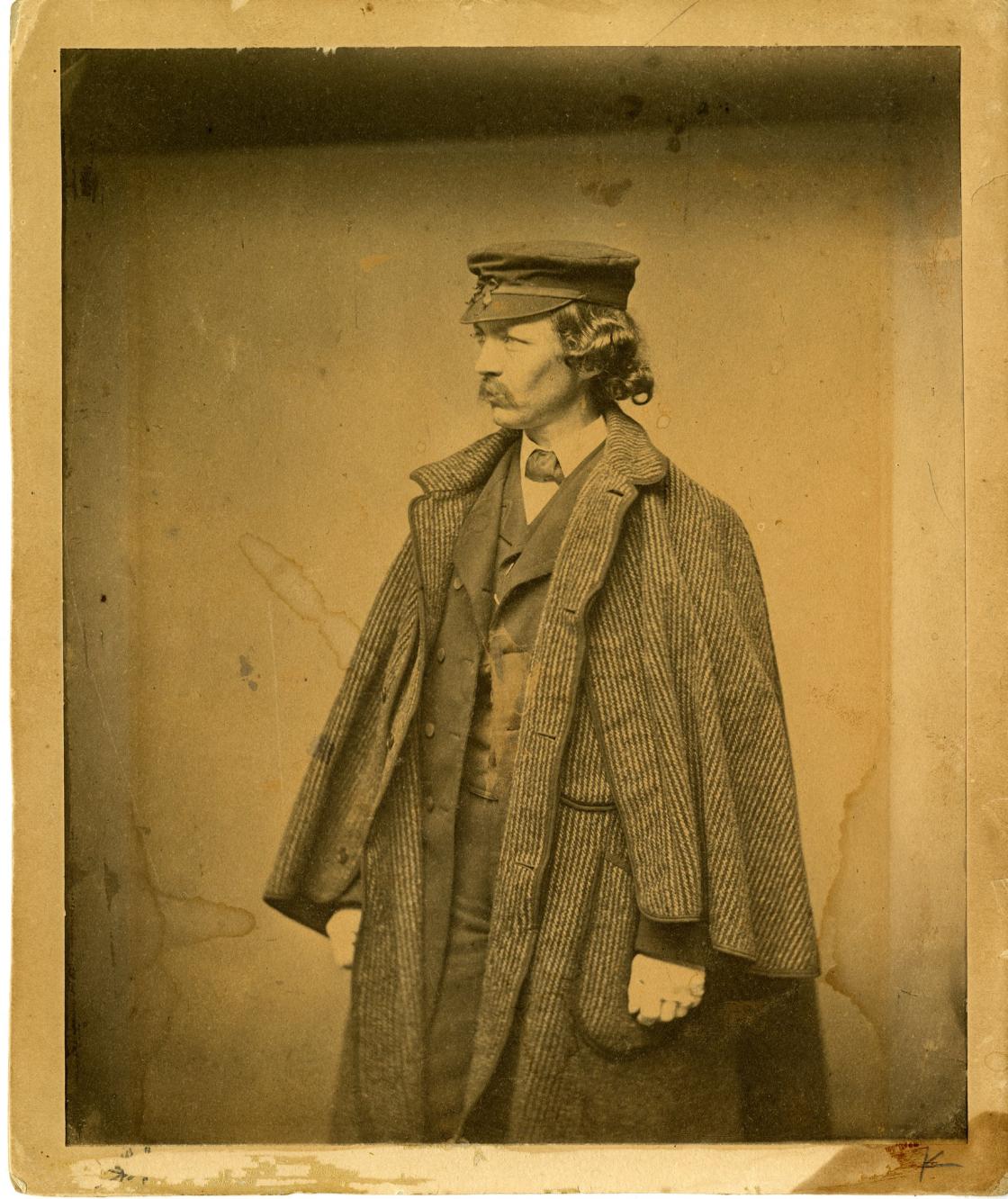
Additionally, the presentation will address how the Olmsted practice served as the definer and proselytizer of the professional discipline that Sr. named, how the firm came to define what a corporate practice should look like and how it should function (including the critical nature of well-organized archives and dedicated staff for collections management), and how landscape architects need to seize the opportunity to lead and orchestrate all aspects of the natural environment from the planning of cities and campuses to the siting of buildings within the landscapes.
Finally, the presentation concludes with reflections on how we can steward Olmsted’s ideas and built works today—from understanding our landscapes’ deeper and broader cultural contexts, including the impact of race and gender and the importance of acknowledging the defining role of our Indigenous communities, to supporting and collaborating with individuals and organizations who are working in their communities to engage with Olmsted and his legacy.
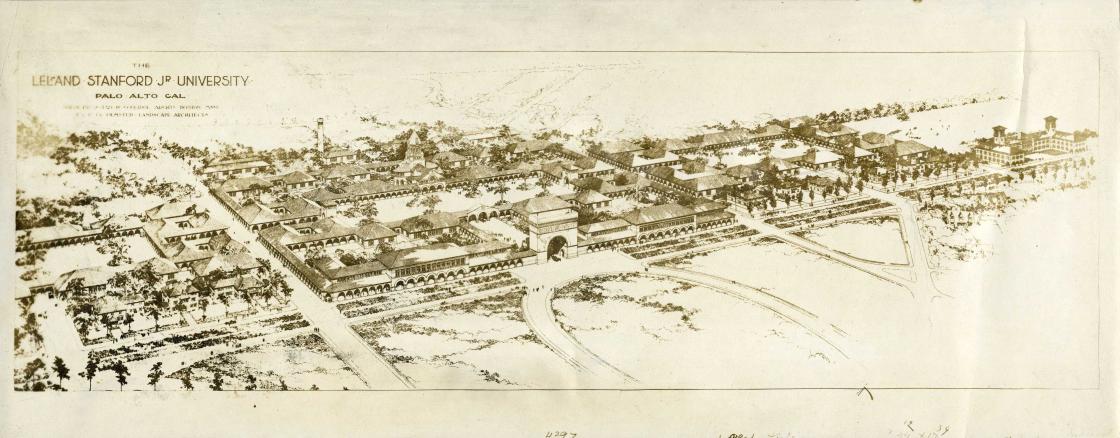
ABOUT THE SPEAKER
Charles A. Birnbaum, FASLA, FAAR, is the President, CEO, and Founder of The Cultural Landscape Foundation (TCLF). Prior to creating TCLF, Birnbaum spent fifteen years as the coordinator of the National Park Service Historic Landscape Initiative and a decade in private practice in New York City, with a focus on landscape preservation and urban design. Since taking the helm at the Foundation in 2008, Birnbaum’s major projects include the web-based initiative What’s Out There (a searchable database of the nation’s designed landscape heritage) and the creation of TCLF’s International Prize in Landscape Architecture named for Cornelia Hahn Oberlander.
In addition to Birnbaum’s most recent publication, Experiencing Olmsted: The Enduring Legacy of Frederick Law Olmsted’s North American Landscapes (2022, Timber Press), he has authored and edited numerous publications, including Shaping the Postwar Landscape (2018, UVA Press), three volumes for the Modern Landscapes: Transition and Transformation series (2012 and 2014, Princeton Architectural Press, and 2019, LSU Press), Shaping the American Landscape (2009, UVA Press), Design with Culture: Claiming America’s Landscape Heritage (2005, UVA Press), Preserving Modern Landscape Architecture (1999) and its follow-up publication, Making Post-War Landscapes Visible (2004, both for Spacemaker Press), Pioneers of American Landscape Design (2000, McGraw Hill) and The Guidelines for the Treatment of Cultural Landscapes (1996, National Park Service).
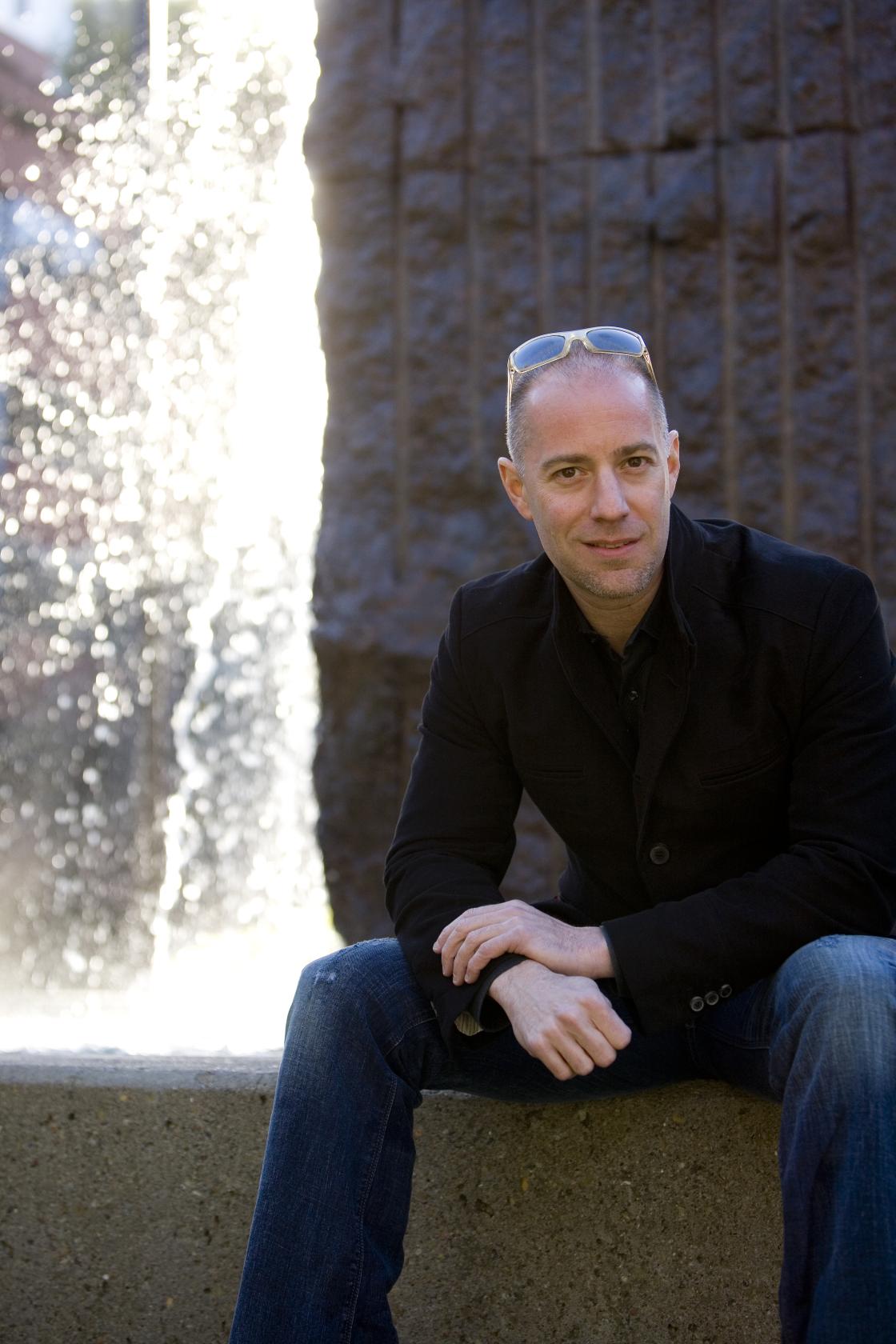
ABOUT THE CULTURAL LANDSCAPE FOUNDATION
A non-profit established in 1998, The Cultural Landscape Foundation® (TCLF) connects people to places. TCLF educates and engages the public to make our shared landscape heritage more visible, identify its value, and empower its stewards. TCLF achieves this mission through the ongoing development of its four core programs:
• What’s Out There®, North America’s largest and most exhaustive database of cultural landscapes (including Cranbrook landscapes);
• Pioneers of American Landscape Design®, an in-depth multimedia library, inclusive of video oral histories, chronicling the lives of significant landscape architects and educators (including Cranbrook pioneers);
• Landslide®, an ongoing collection of important landscapes and landscape features that are threatened; and
• The Cornelia Hahn Oberlander International Landscape Architecture Prize®, a biennial prize in landscape architecture that includes a $100,000 monetary award and two years of public engagement activities.
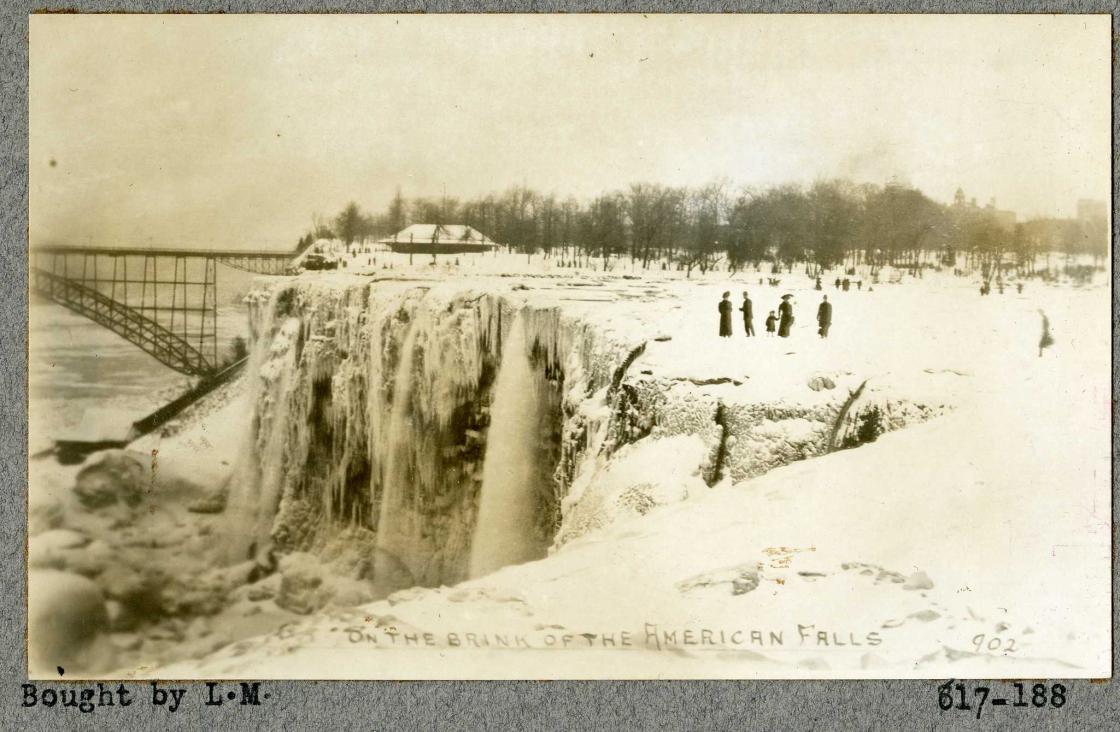
ABOUT THE BAUDER LECTURE SERIES
This program represents the seventh installment of the Center’s annual Lillian and Donald Bauder Lecture. Established in 2016 through a generous gift from Cranbrook President Emerita Dr. Lillian Bauder and her late husband Donald Bauder, this endowed lecture series allows the Center to bring to campus speakers of national significance whose work intersects with the history and legacy of Cranbrook and the work of Cranbrook Center for Collections and Research.
• The inaugural Bauder Lecture in 2017 brought to Cranbrook Canadian journalist and author David Sax for a conversation about his book The Revenge of Analog: Real Things and Why They Matter (2016).
• The second lecture in 2018 featured Columbia University professor of art history and MoMA curator Barry Bergdoll, who told the story of Frank Lloyd Wright’s career and the successful transfer of Wright’s archive from Taliesin to New York.
• During the third lecture in 2019, Tim Whalen, Director of the Getty Conservation Institute in Los Angeles, presented five of the Institute’s multidisciplinary projects and their ongoing role in the conservation of the world’s cultural heritage.
• In the 2020 lecture, the Center’s first virtual lecture and one that remains online, Brendan Cormier, a Senior Curator at the Victoria and Albert Museum in London, discussed his groundbreaking exhibition, Cars: Accelerating the Modern World.
• The virtual lecture series in 2021, “Unsettling Landscapes at Cranbrook: Histories of Indigenous Communities, the Japanese Experience, and Suburban Segregation,” which also may be watched online, featured Sarah Anthony, Bonnie Clark, Gregory Fioritto, Eric Hemenway, Mika Kennedy, John Powes, and Thomas Sugrue.
• The 2022 series, which also took place virtually and may be watched online, was titled “Complicating Collections at Cranbrook: Representations of a Confederate General, The Crusades, and Native Americans,” featured Ned Blackhawk, Jennifer Borland, Mark Crain, and Alex von Tunzelmann.
A visionary leader, Dr. Lillian Bauder served as Cranbrook’s President and Chief Executive Officer from 1983 to 1996, a period during which she not only developed Cranbrook’s first community-wide strategic plans but also created a master plan that ultimately led to the building of the Vlasic Early Childhood Center, the Williams Natatorium, the Academy of Art’s New Studios Building, and the expansion of the Institute of Science. In 1996, Dr. Bauder became Vice President of Masco Corporation, a position she held until she retired in 2007. A 2014 recipient of Cranbrook’s prestigious Founders Award, Dr. Bauder now resides in Columbia, Maryland.
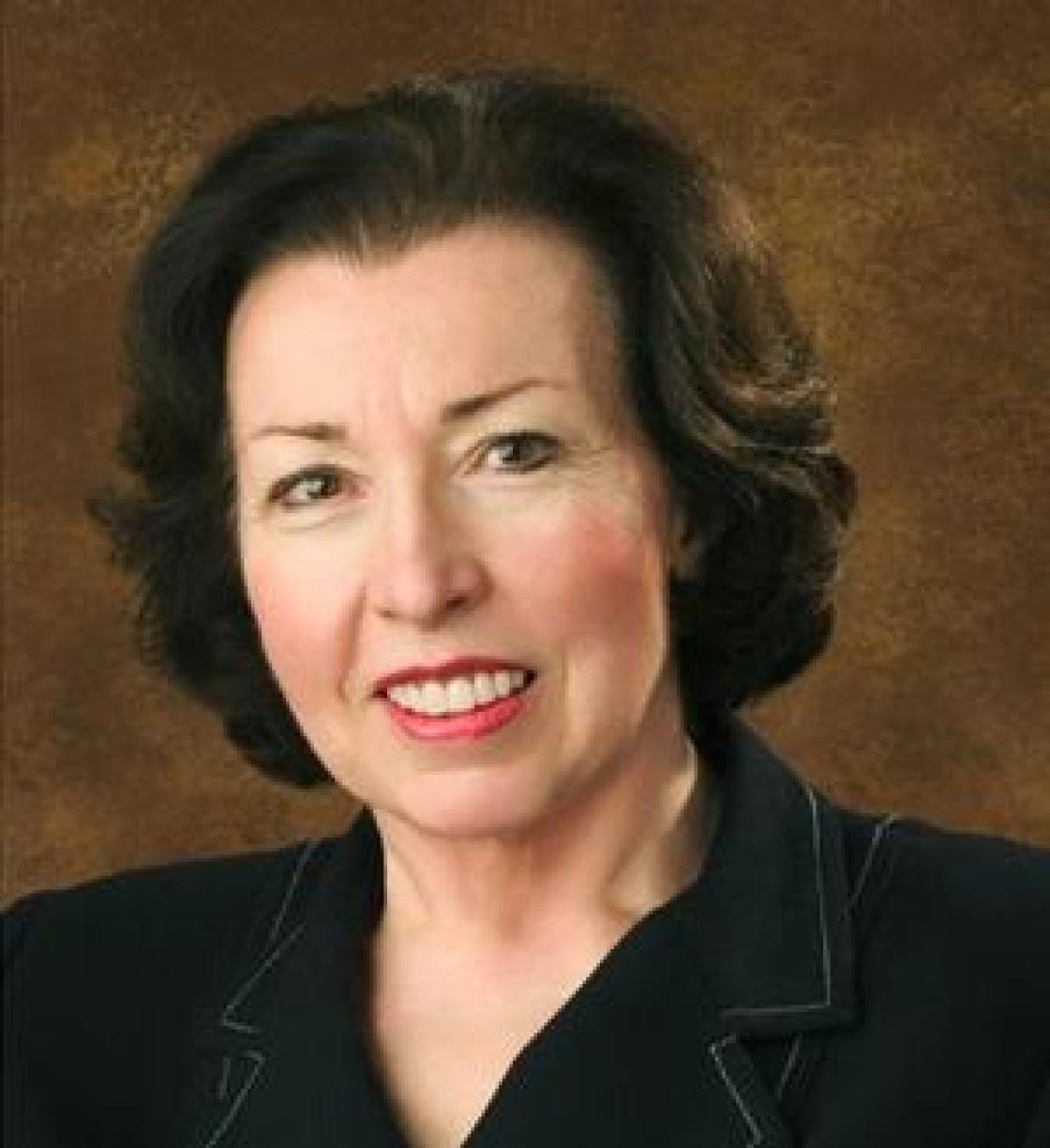
LECTURE LOCATION AND ADDITIONAL INFORMATION
Cranbrook Institute of Science is located at the center of Cranbrook’s campus and accessed through Cranbrook’s main entrance at 39221 Woodward Avenue. Free parking is available in the Institute’s spacious parking deck on the south side of the complex. Cranbrook Institute of Science, including the Auditorium and West Entrance, are barrier-free and accessible to all visitors.
For additional information in advance of the lecture, please call the Center at 248.645.3307. For information and assistance on the afternoon of the lecture, please call the Institute of Science’s Front Desk at 248.645.3200.
BOOK AND PICK UP INFORMATION
Experiencing Olmsted: The Enduring Legacy of Frederick Law Olmsted’s North American Landscapes was published in 2022 by Timber Press in association with The Cultural Landscape Foundation (344 pages; hardcover with dust jacket). The book highlights more than 200 iconic Olmsted landscapes, including three in Michigan: Belle Isle Park in Detroit and both Barton Hills and Washtenong Memorial Park in Ann Arbor.
Pre-paid copies of the book will be available for pick up at the lecture on Sunday, April 2. A limited number of books may be available for purchase at the lecture. Regretfully, shipping the book is not available through the Center. If you cannot attend the lecture, pre-paid books will be available for pick up after the lecture at Cranbrook House. Book proceeds support the programs of Cranbrook Center for Collections and Research.
SERVICE ANIMAL POLICY
Cranbrook Center for Collections and Research is glad to accommodate visitors accompanied by service animals, as defined by the Americans with Disabilities Act (ADA), on its tours and at its lectures, including those in Cranbrook Institute of Science. Under the ADA, a “service animal” is defined as a dog that has been individually trained to do work or perform tasks for an individual with a disability. The task(s) performed by the dog must be directly related to the person’s disability. Regretfully, we cannot accommodate visitors accompanied by emotional support animals or pets.
Visitors who will be accompanied by service animals are welcome to call the Center at 248.645.3307 in advance of the lecture so that we may address any questions or concerns.
ACKNOWLEDGMENT OF RISK
An inherent risk of exposure to COVID-19 exists in any public place where people are present. COVID-19 is a contagious disease that can lead to severe illness and death. According to the Centers for Disease Control and Prevention, guests with underlying medical conditions are especially vulnerable. By visiting a Center-managed program at Cranbrook, you voluntarily assume all risks related to COVID-19 exposure.
PHOTO CREDITS
Banner Image: Central Park, Manhattan, New York; Flickr National Park Service photo retrieved from https://www.flickr.com/photos/olmsted_archives. Courtesy of the United States Department of the Interior, National Park Service, Frederick Law Olmsted National Historic Site.
Book Cover, Experiencing Olmsted: The Enduring Legacy of Frederick Law Olmsted’s North American Landscapes, Timber Press, 2022; Courtesy of The Cultural Landscapes Foundation.
Stanford University Campus, Palo Alto, California; Flickr National Park Service photo retrieved from https://www.flickr.com/photos/olmsted_archives. Courtesy of the United States Department of the Interior, National Park Service, Frederick Law Olmsted National Historic Site.
Frederick Law Olmsted, Sr.; Courtesy of Library of Congress.
Photograph of Charles Birnbaum; Courtesy of Charles Birnbaum and The Cultural Landscapes Foundation.
Niagara Reservation, Niagara Falls, New York, circa 1908; Flickr National Park Service photo retrieved from https://www.flickr.com/photos/olmsted_archives. Courtesy of the United States Department of the Interior, National Park Service, Frederick Law Olmsted National Historic Site.
Photograph of Lillian Bauder; Courtesy of Howard Community College Website.
